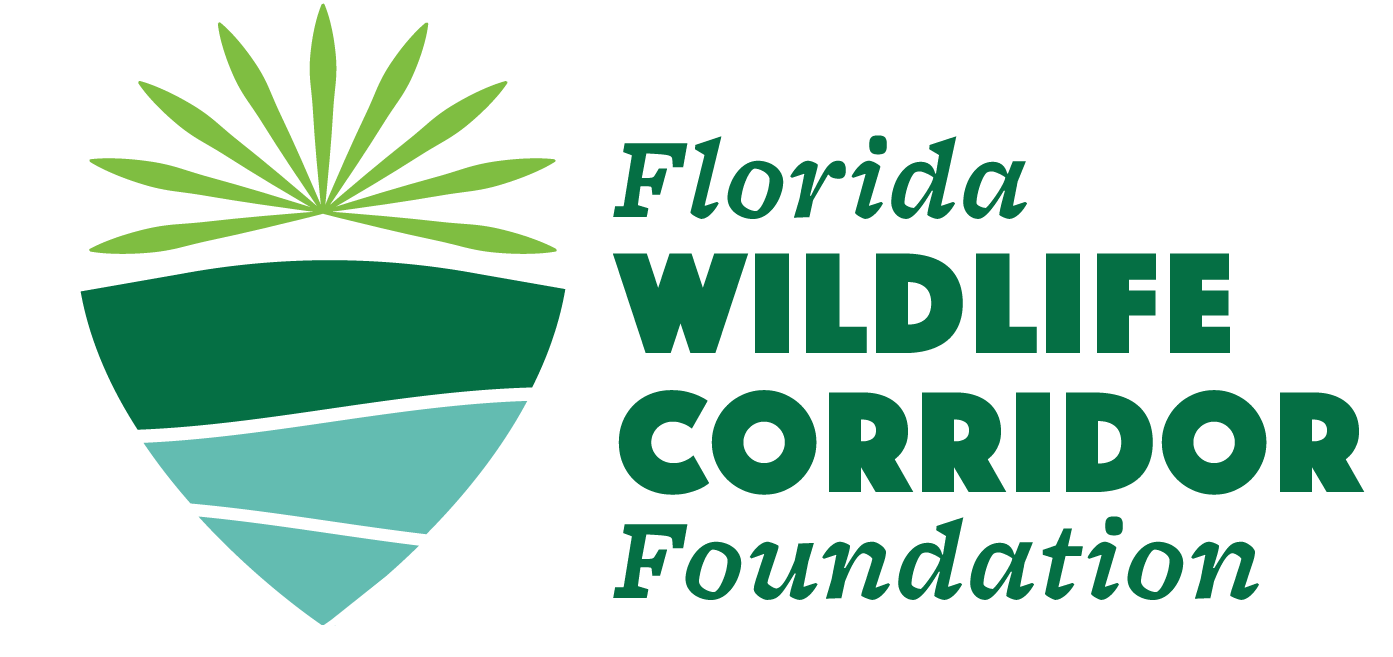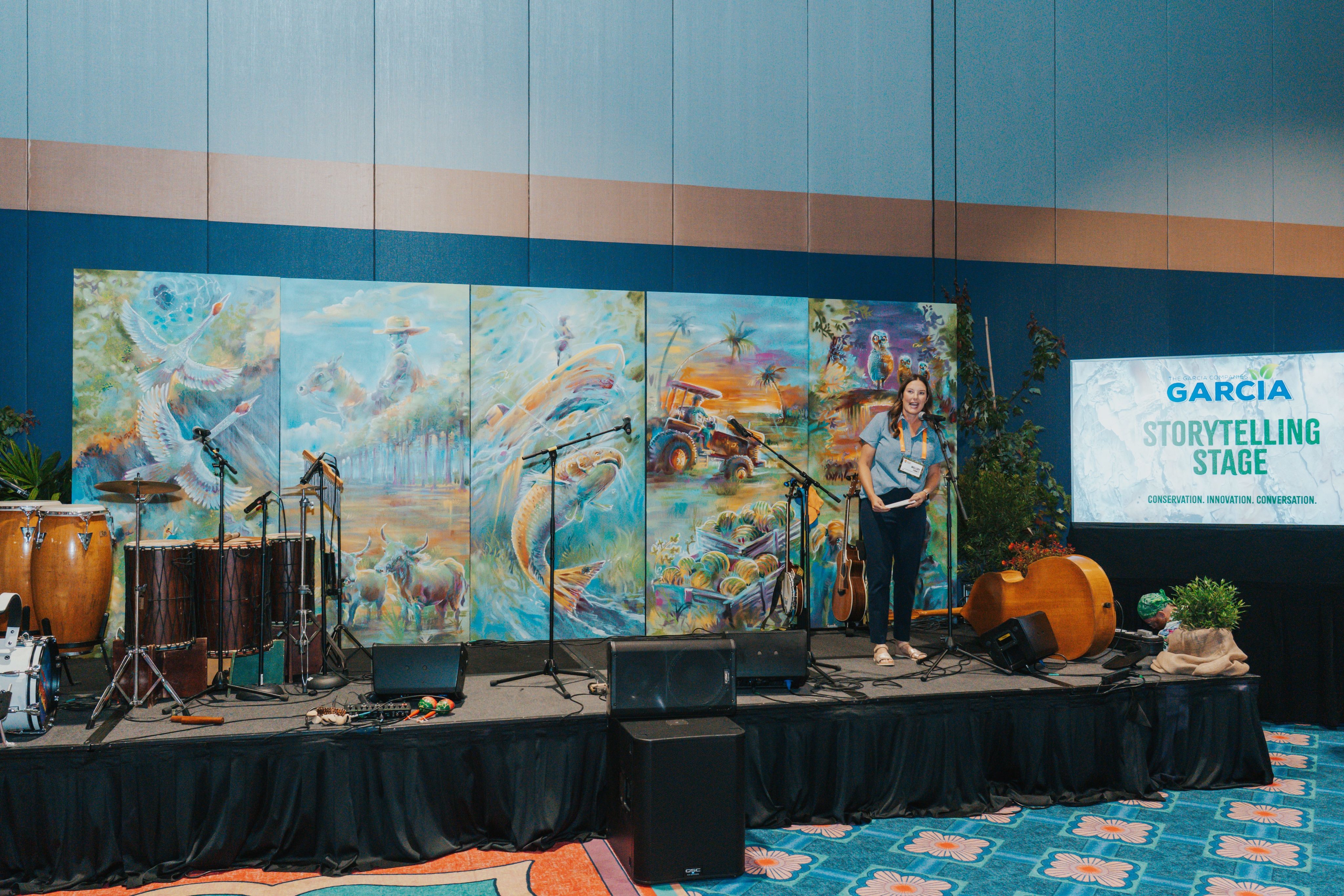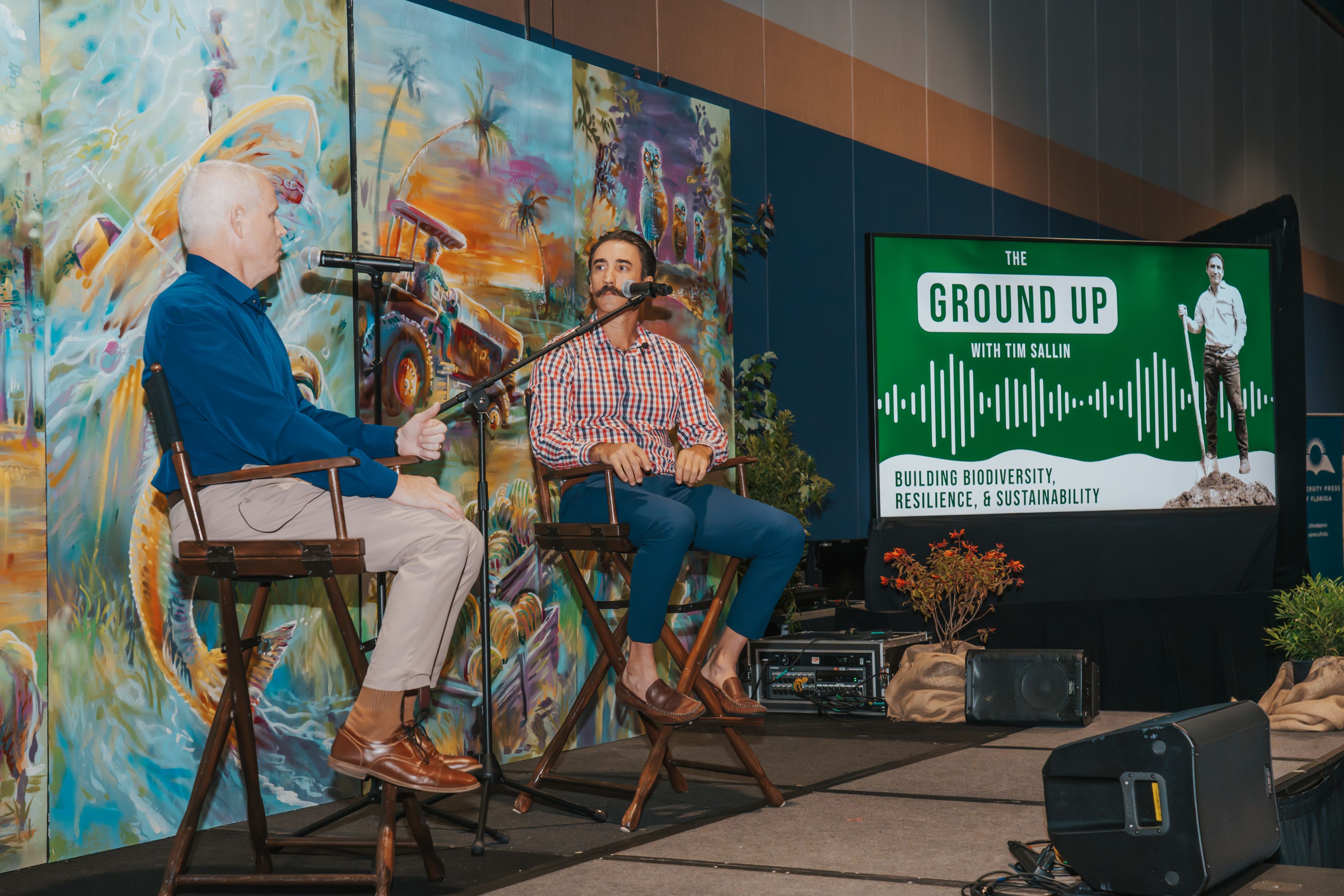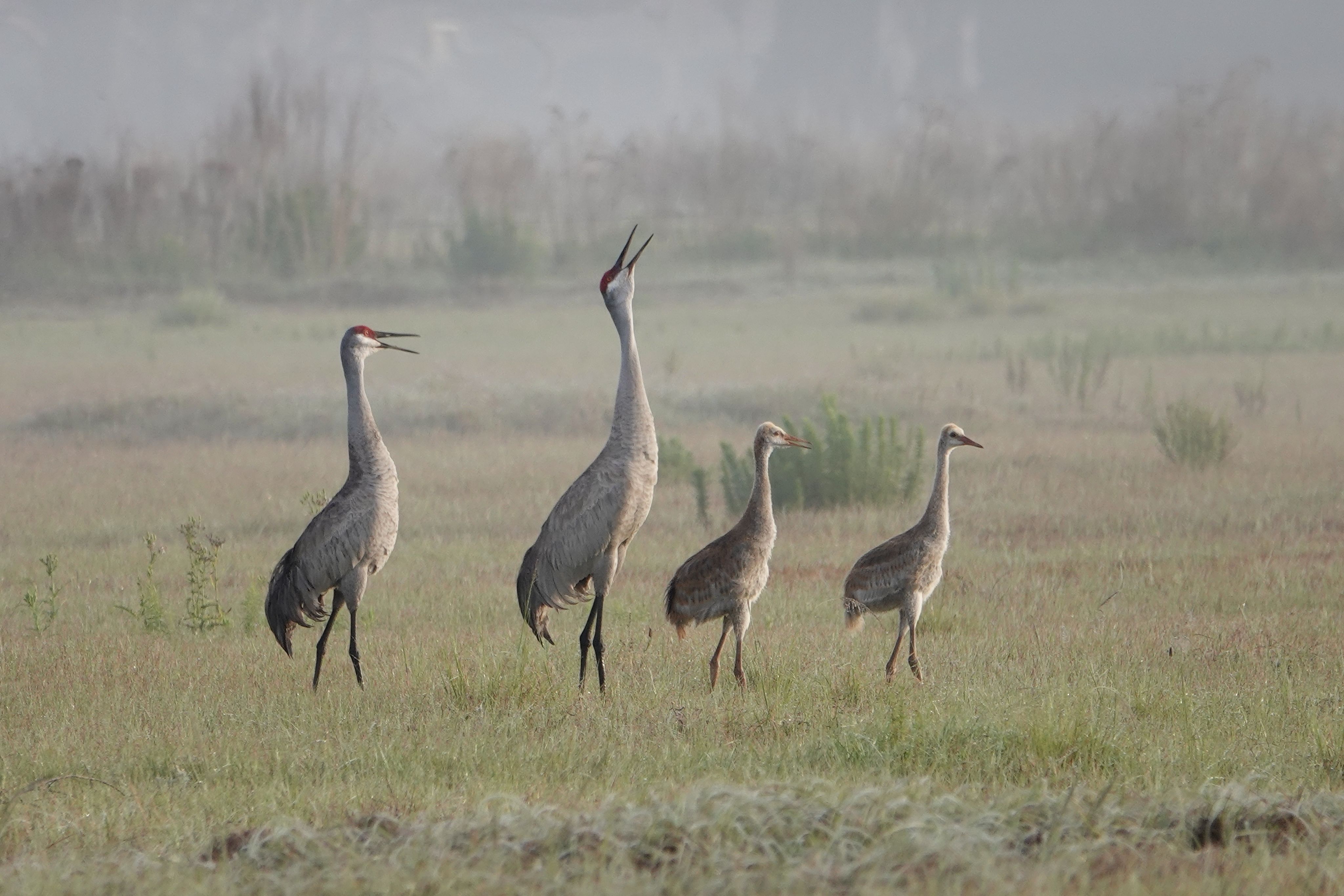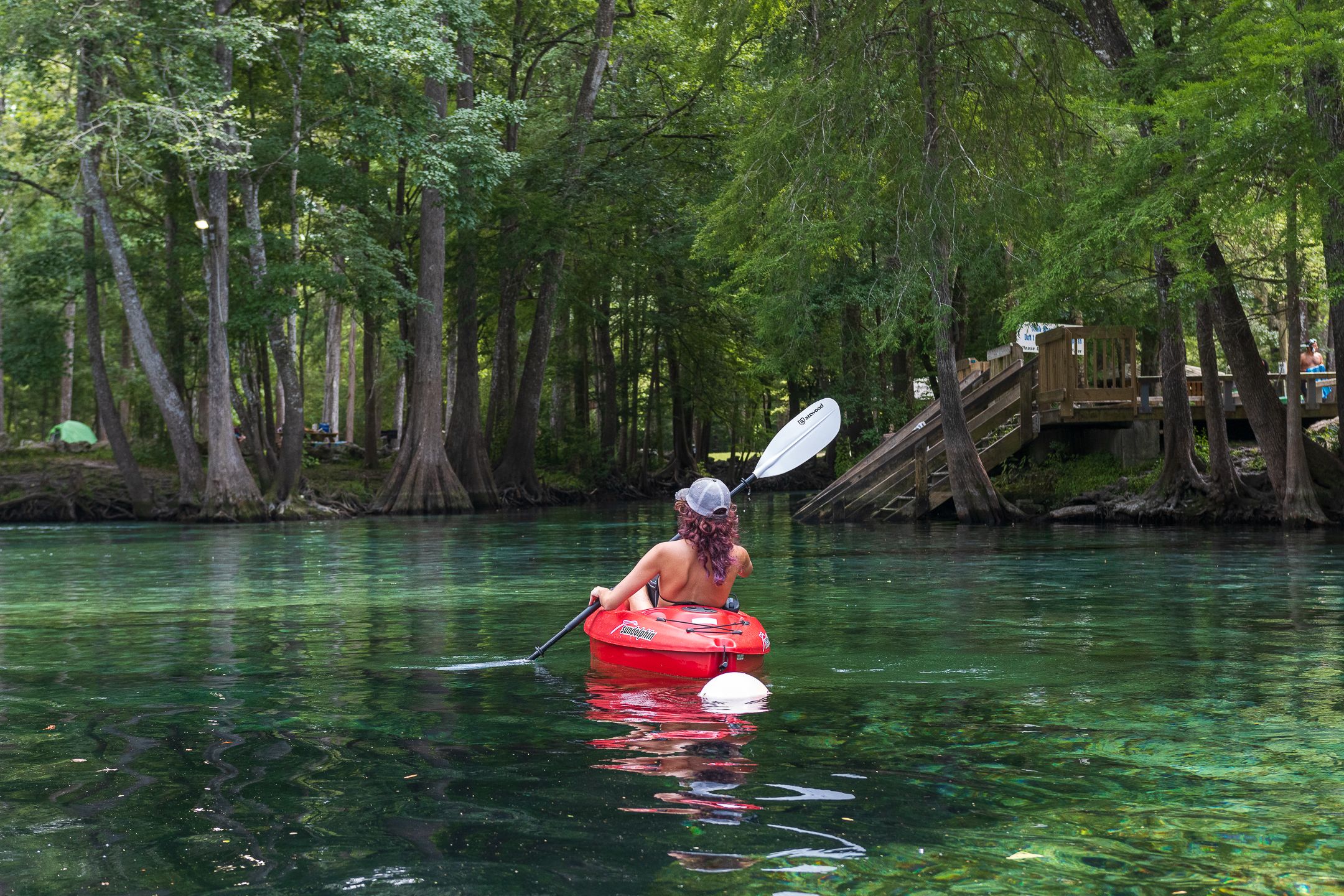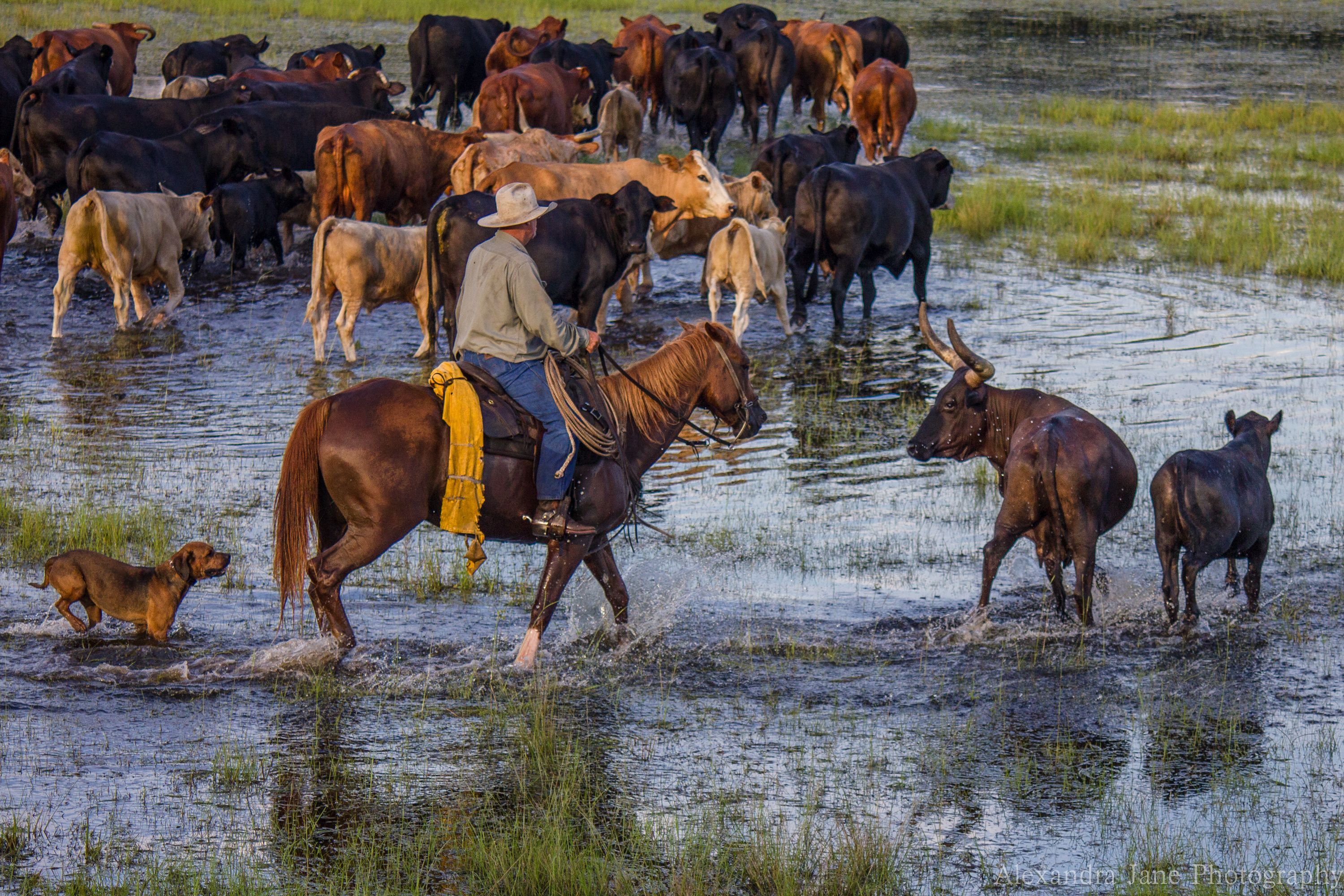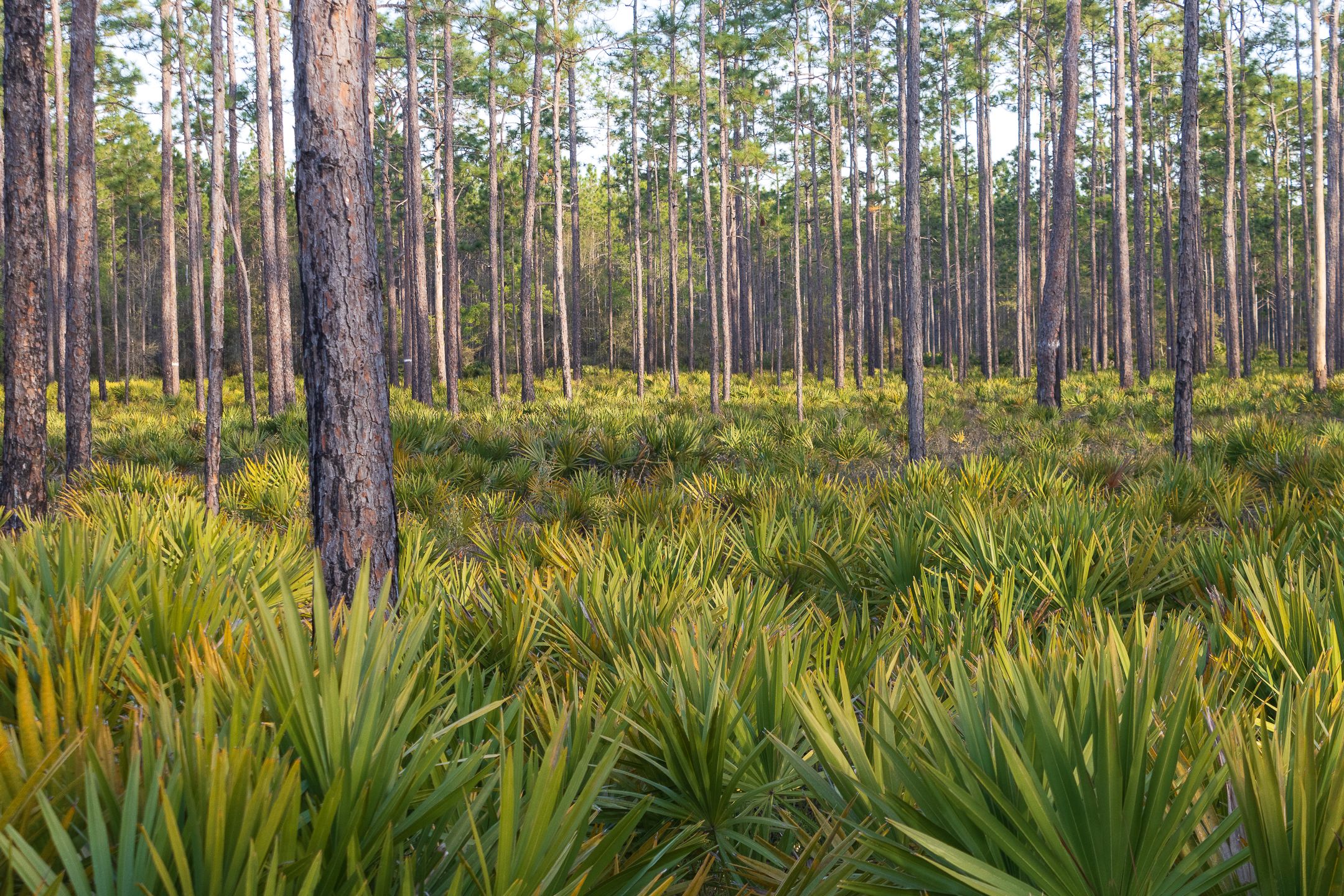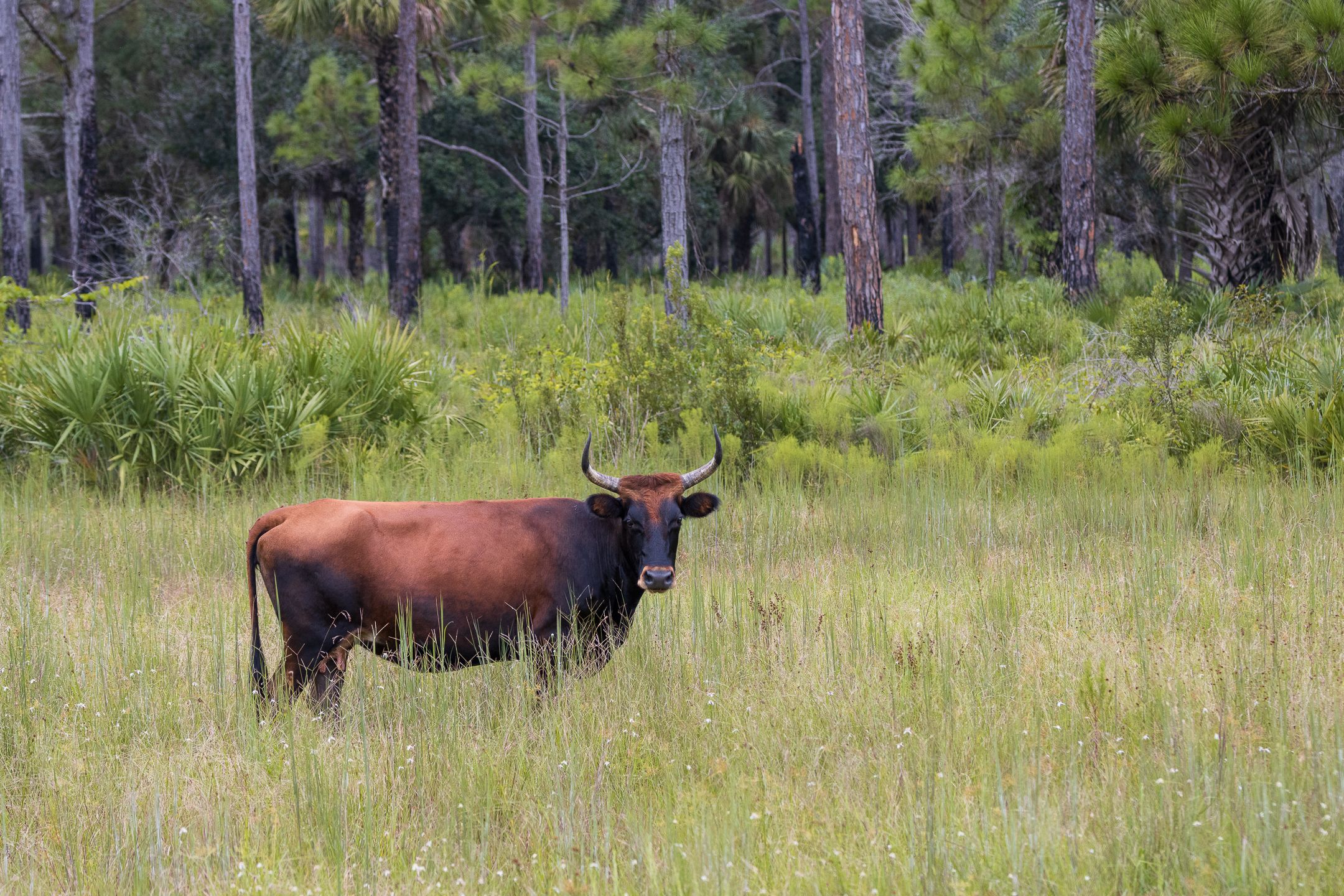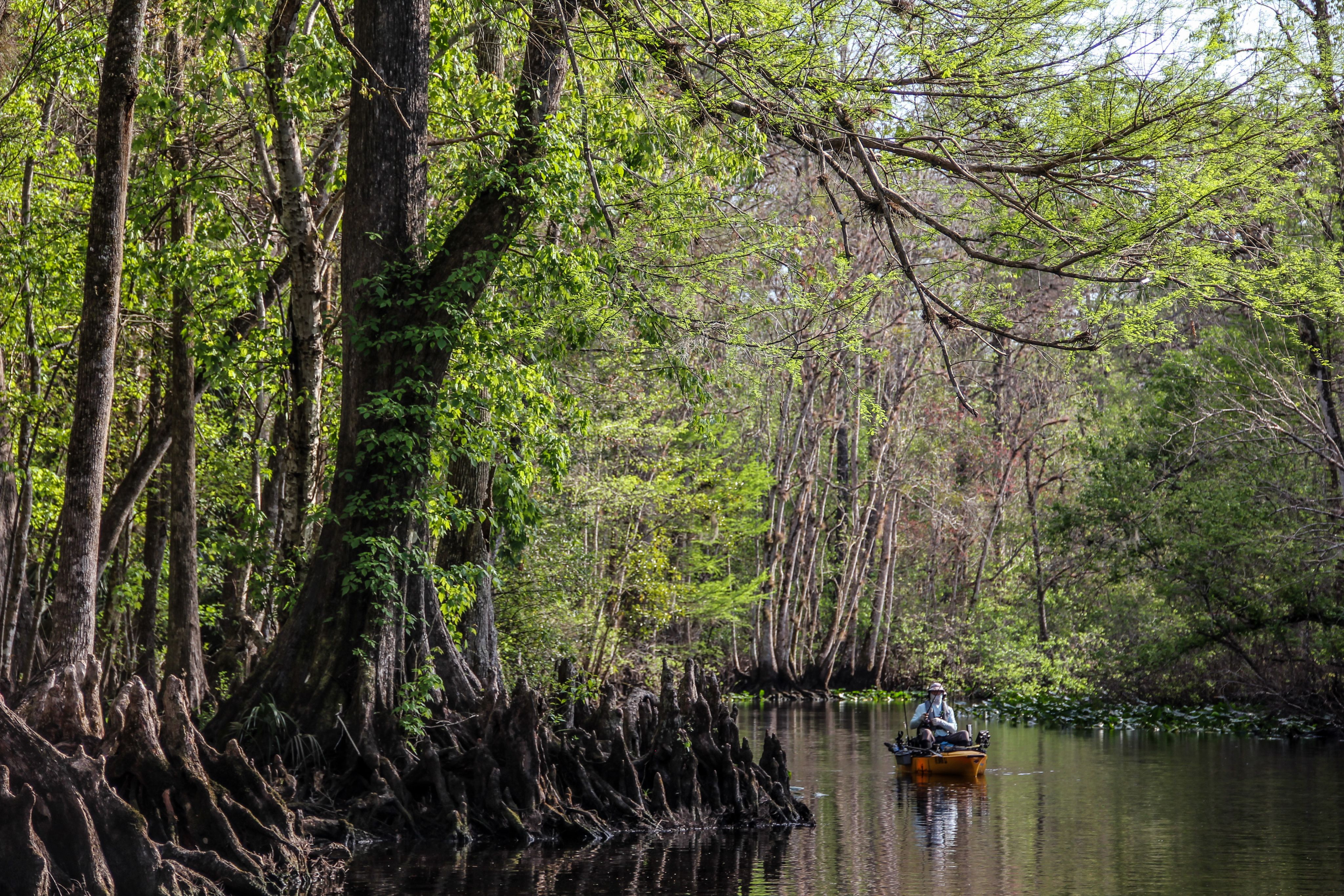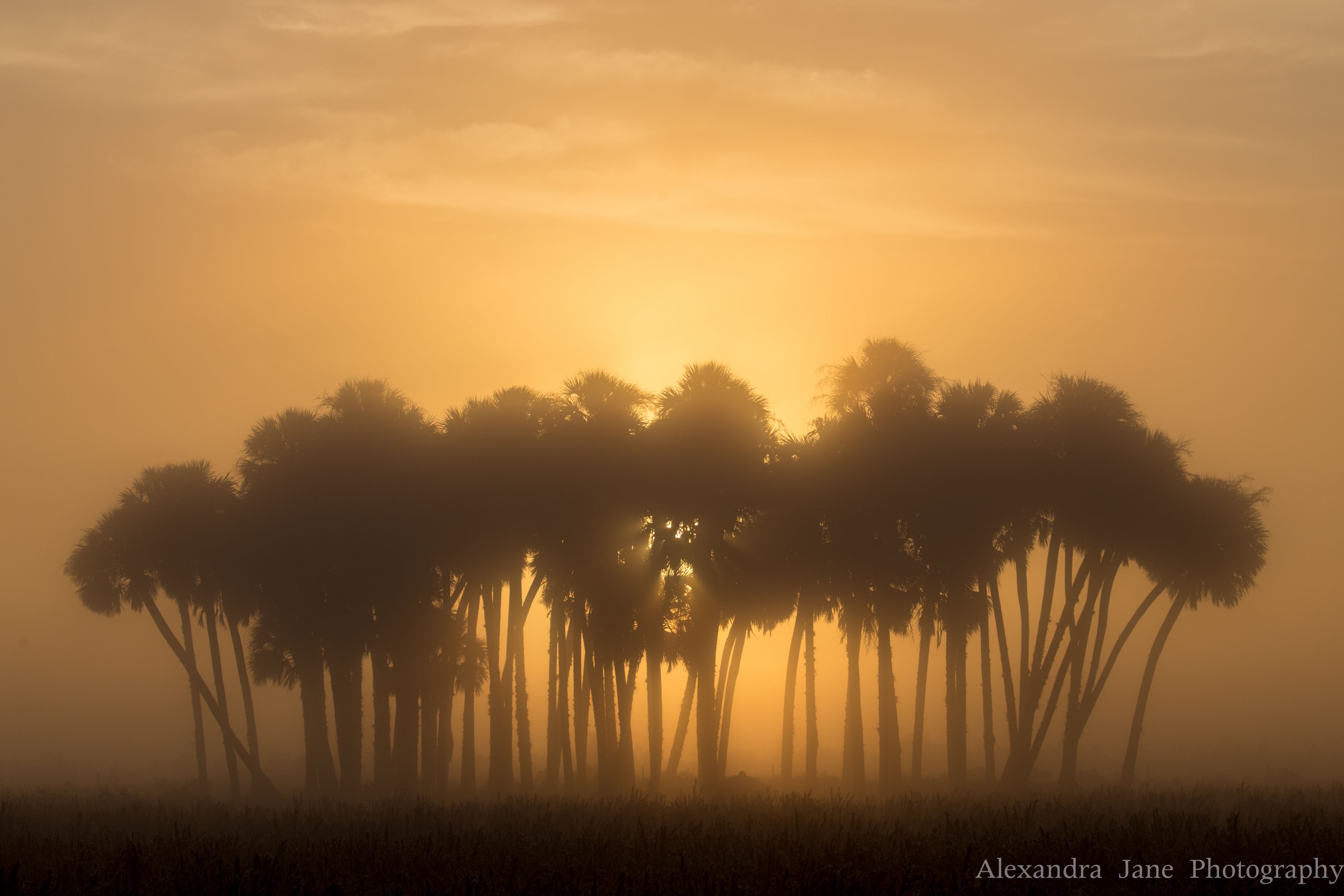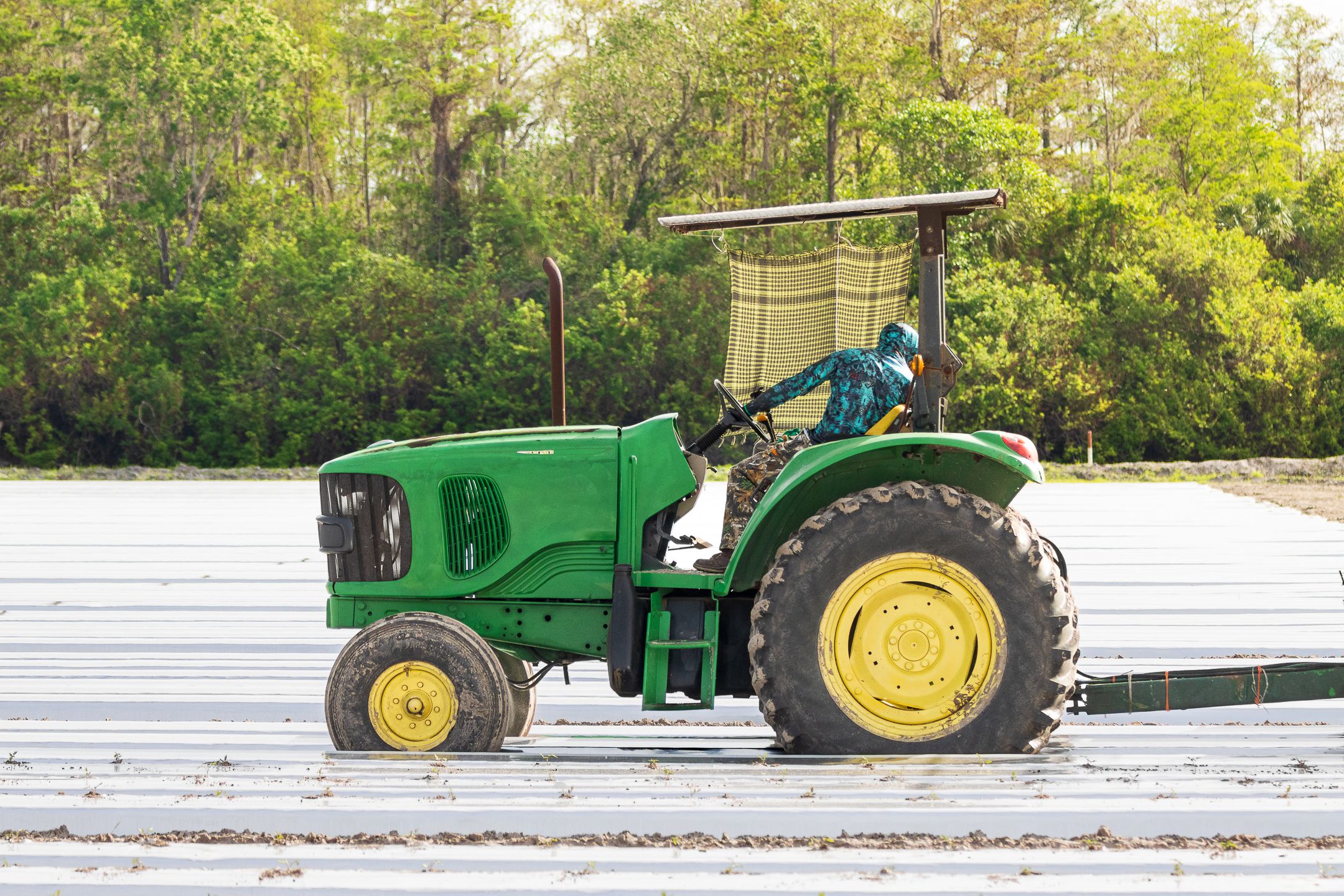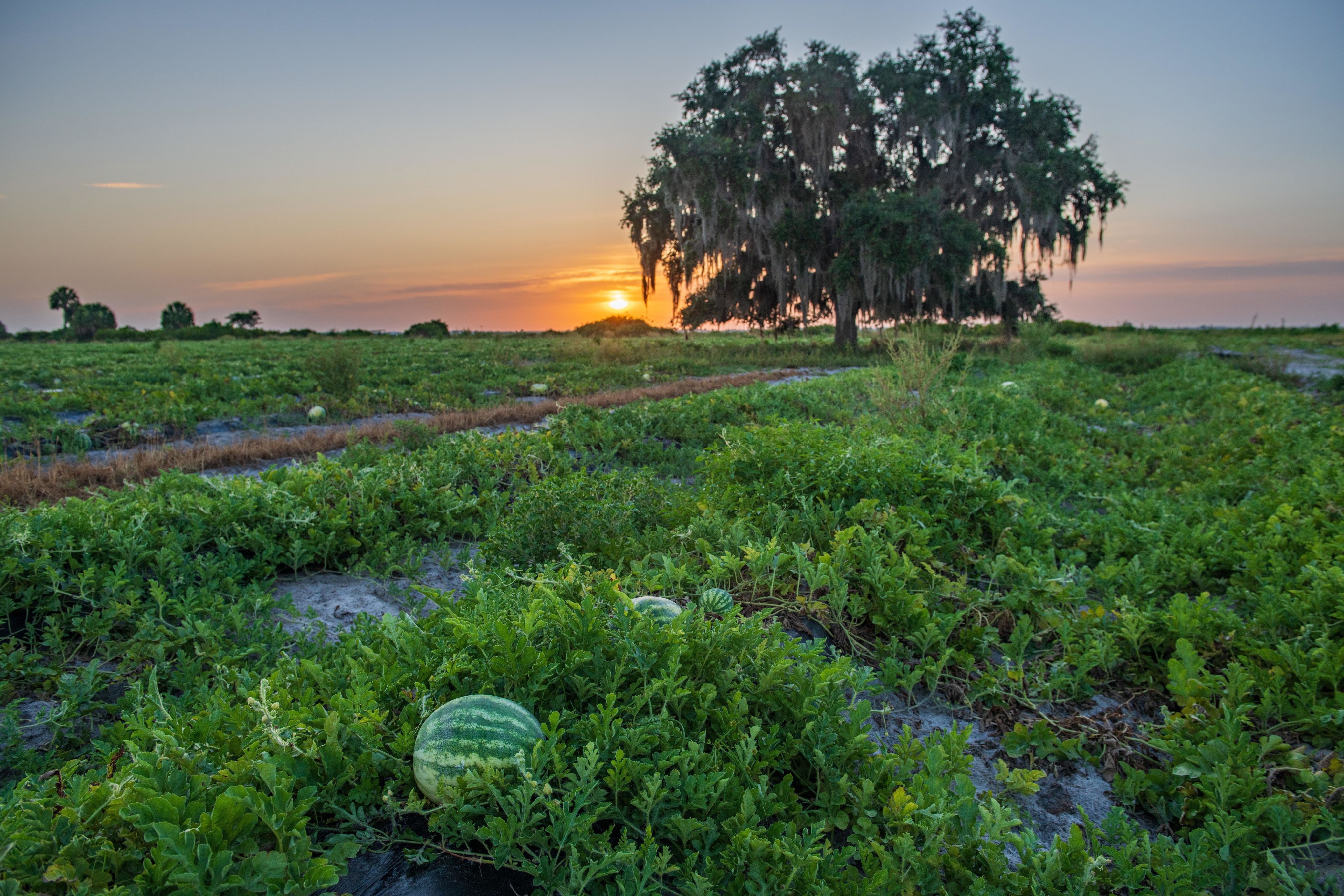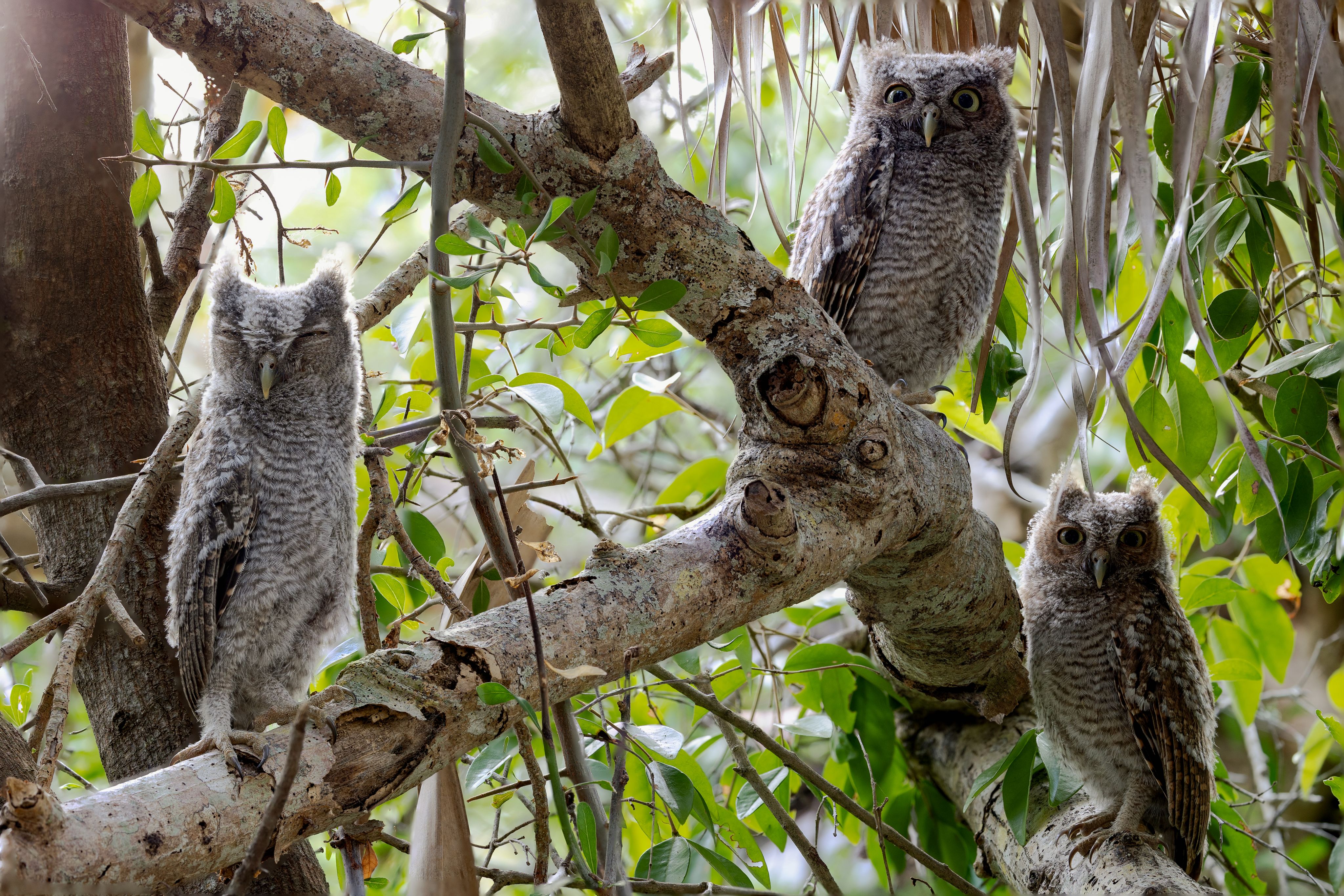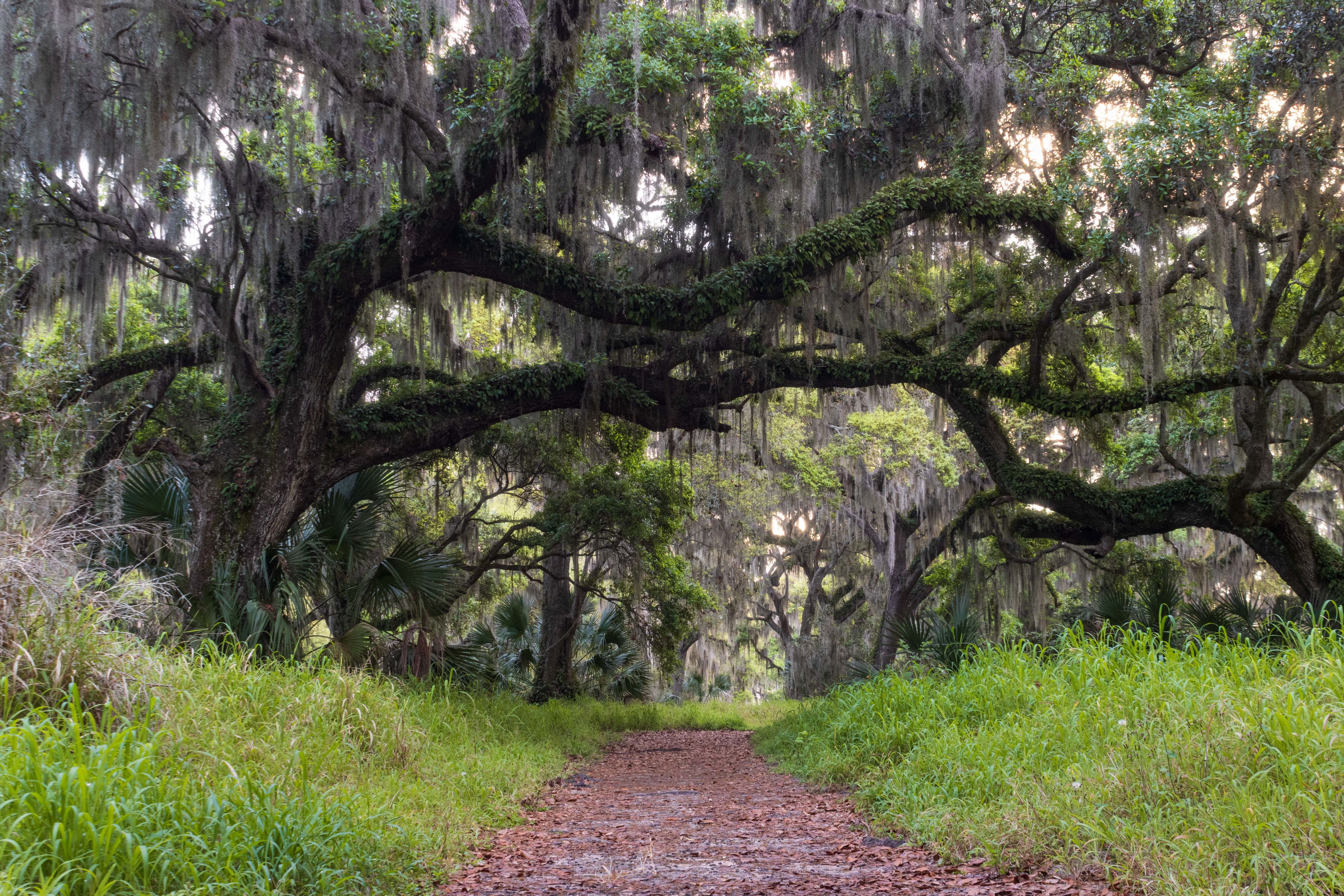Together, We Are The Corridor
By Muralist Christian Stanley
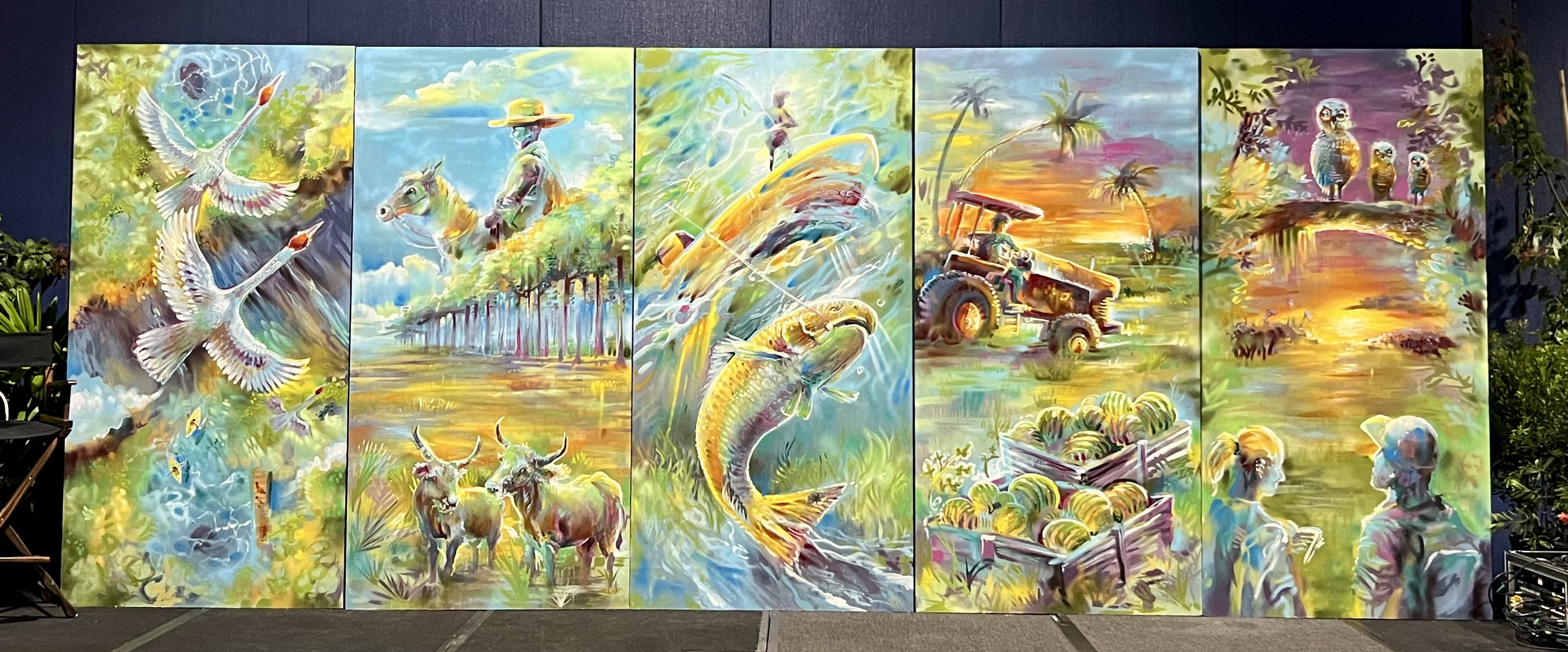
The Florida Wildlife Corridor is an 18-million-acre statewide network of connected lands and waters that supports wildlife and people.
Seen in dark green, 10 million acres are protected as federal lands, state parks and forests, county lands, water management district lands, or private lands under conservation easements.
The remaining 8 million unprotected acres in light green are opportunity areas for conservation and are mostly comprised of agricultural working lands, such as cattle ranches and timber land. Not only do these valuable spaces provide food and fiber for Florida and our nation, but they also provide interconnected landscapes that keep Florida’s wild spaces connected.
Our Mural Campaign is aimed at raising awareness of the importance of the Florida Wildlife Corridor in areas with the greatest ecological significance that have the highest risk of development by 2030.
This traveling mural is currently located at the Barron Library in LaBelle, Florida in Hendry County. Hendry County is home to some incredible natural areas within the Florida Wildlife Corridor such as Okaloacoochee Slough State Forest and Wildlife Management Area, Spirit-of-the-Wild Wildlife Management Area, Dinner Island Ranch Wildlife Management Area, the Seminole Big Cypress Reservation, and part of the Caloosahatchee River. The county is also a critical link in the Florida Wildlife Corridor because of its central location, allowing wildlife to travel North towards Fisheating Creek and Florida's Heartland, South to Big Cypress and the Everglades, and Southwest towards the Corkscrew Ecosystem Watershed.
The wild spaces in and around Hendry County are currently in danger because of rapid population growth. Without thoughtful conservation and planning the connected landscape will be lost, resulting in diminished wildlife populations, degraded water quality and negative impacts on the outdoor recreation and ecotourism important to the local economy.
Together, We are the Corridor has previously been located at the Lake County Commissioners Office.
Meet The Artist
Christian Stanley is a Central Florida based artist that has lived in the Orlando area since graduating from the University of Central Florida in 2011 with a degree in graphic design. Born and raised in Stuart, FL, Christian’s art is often influenced by his roots and love for the wildlife of the Southeast. From an early age Christian sought out natural settings for inspiration, and continues to enjoy hiking and wildlife spotting with his wife, Jessica.
The two met in 2017 and soon after formed C. Stanley Creative while painting a small electrical box as a part of a community art initiative. Since then Christian has gone on to paint dozens of murals a year with his largest project to date spanning over 8,000 square feet in size. He has taken his mural art talents across the United States and overseas to international street art festivals.
Christian’s street art work is known for its signature “dash and dot” style, which borders on impressionism to give his subjects depth and vibrant color. He has had the privilege of working with large national brands and local community arts organizations alike.
Christian and Jessica work full time in the arts, and are firm believers in the power of art to change places for the better. In their travels they had the opportunity to see the power of public art at work in communities of all shapes and sizes, and find their most rewarding work to be in towns that understand that art can be used as a tool for community revitalization.
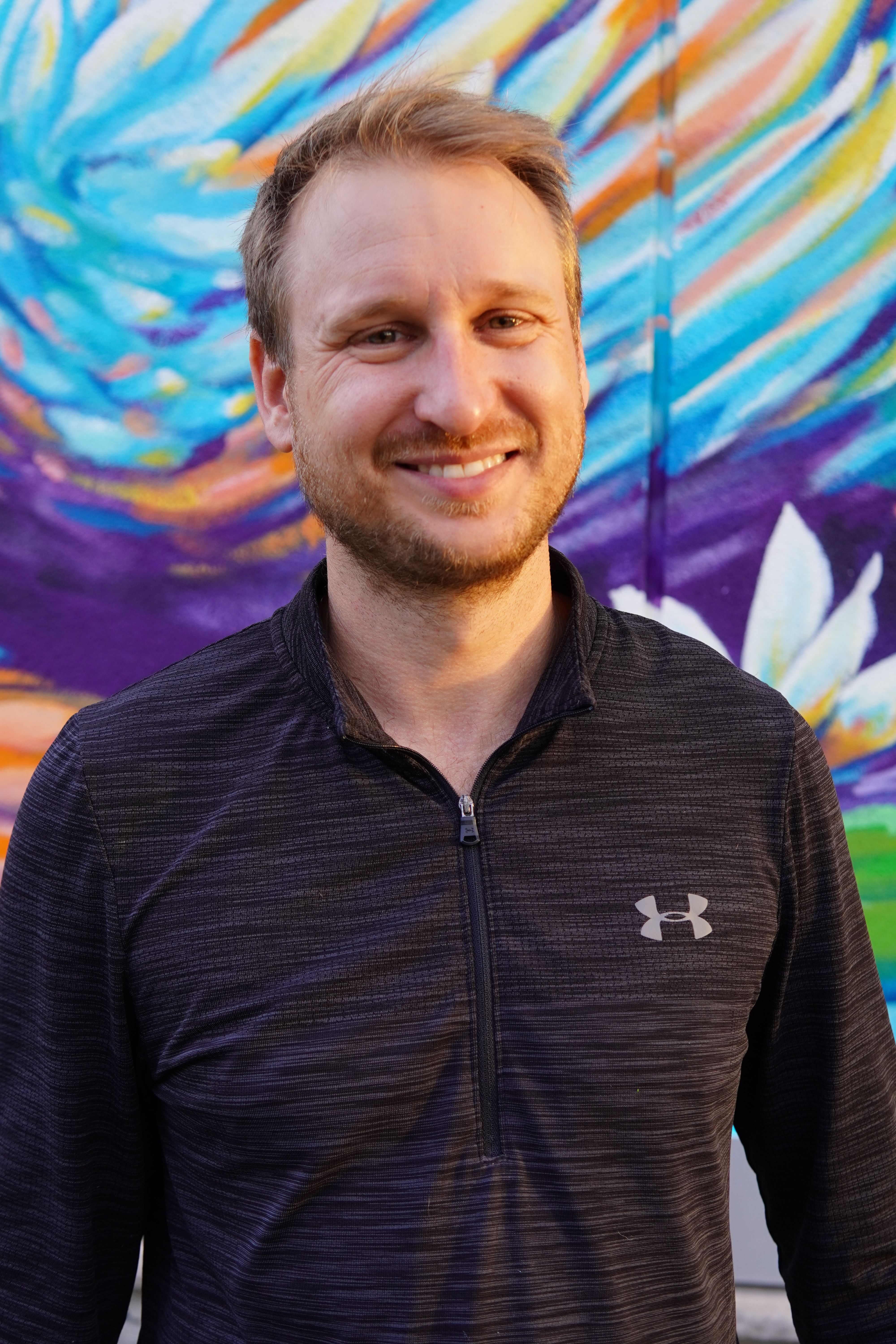
Photos from Corridor Connect 2025
"Together, We Are The Corridor" by Christian Stanley showcases how humans and wildlife interact with the natural and working landscapes that make up the Florida Wildlife Corridor.
The Florida Fish and Wildlife Conservation Commission (FWC) manages fish and wildlife resources for their long-term well-being and the benefit of people. Thanks to their contributions, you can learn more about the species in this mural. Scroll to learn about each of the species featured.
Photo by Sonja Pedersen
Photo by Sonja Pedersen
Sandhill Crane
(Grus canadensis)
Sandhill cranes are long-legged, long-necked, gray, heron-like birds with a patch of bald, red skin on top of their head. Florida sandhill cranes inhabit freshwater marshes, prairies, and pastures and they occur throughout peninsular Florida north to the Okefenokee Swamp in southern Georgia.
Two subspecies of sandhill crane occur in Florida. The Florida sandhill crane, numbering 4,000 to 5,000, is a non-migratory year-round breeding resident. They are joined every winter by 25,000 migratory greater sandhill cranes, the larger of the two subspecies. The greater sandhill crane winters in Florida but nests in the Great Lakes region. Sandhill cranes nest during late winter and spring on mats of vegetation about two feet in diameter and in shallow water.
Sandhill cranes mate for life are usually seen in very small groups or pairs.
Photo by Ethan Coyle
Photo by Ethan Coyle
Paddling
The Florida Wildlife Corridor is a worldwide paddle destination that includes over 1,700 miles of designated paddling trails on 1,300 named rivers and streams, countless lakes, and 171 first- and second-magnitude springs.
Photo by Alex Freeze
Photo by Alex Freeze
Florida Cowboy
Florida is the birthplace of American cattle ranching, with a legacy that dates back to the 1500s when Spanish explorers introduced cattle to the region. Florida cowboys, often called “Cracker Cowboys” after the sound of their whips used to herd cattle, developed a distinctive ranching style suited to the state’s wild, untamed landscape.
Today, these modern cowboys remain vital stewards of the land. Florida’s ranchers not only help sustain one of the state’s largest economic sectors, but also play a key role in conserving open spaces, protecting wildlife habitat, and keeping the Florida Wildlife Corridor connected for generations to come.
Photo by Ethan Coyle
Photo by Ethan Coyle
Longleaf Pine
(Pinus palustris)
Longleaf pine is an evergreen conifer that gets its name for having the longest leaves of the eastern pine species. The historic range of the longleaf pine once extended from southeastern Virginia to Florida, and west through Louisiana to east Texas. Now just 5 to 6% of the historic ecosystem remains.
Longleaf pine is unique in being both a pioneer species (the first to colonize a disturbed area) and a key member of the climax community (the final, stable ecosystem). In the wild, longleaf pine forests develop a stable grassland ecosystem, home to a rich variety of plants and animals. Fire is an important part of both the ecosystem and the pine population’s health. Regular burns remove competing vegetation and expose the bare soil needed for seeds to germinate.
Photo by Ethan Coyle
Photo by Ethan Coyle
Saw Palmetto
(Serenoa repens)
Saw palmetto is an evergreen shrub found in scrub, pinelands, coastal hammocks, and dunes in all of Florida but mainland Monroe County. There are at least 311 recorded species that use saw palmetto, while many other species have documented interlocking relationships with the plant. It is extremely valuable to hundreds of species of birds, mammals, and insects as a source of food and cover. Its flowers are a major source of nectar for honeybees and its berries are a staple for the Florida black bear.
Photo by Ethan Coyle
Photo by Ethan Coyle
Florida Cracker Cattle
(Bos taurus)
Florida Cracker cattle are one of the oldest breeds in the United States, descended from the cattle brought by Spanish explorers in the 1500s. Like Cracker horses and Cracker cowboys, they are deeply tied to Florida’s cultural and ecological history.
Cracker Cattle are known for their small to medium frame with a leaner body compared to commercial beef breeds, distinct horns that curve outward and slightly up, often display rich red, brown, or brindle coloring, and are adapted to Florida’s hot, humid, and rugged environment making them perfect for the states pine flatwoods and palmetto scrub.
These cattle are well-suited to working lands within the Florida Wildlife Corridor because they graze lightly, require little maintenance, and are part of the region’s living ranching heritage.
Photo by Avery Palmer
Photo by Avery Palmer
Fishing
With more world record fish catches than any other state or country, Florida is known to many anglers as "the fishing capital of the world". In 2020, the saltwater and freshwater recreational fishing industries had a combined estimated economic impact of $13.8 billion and supported over 120,000 jobs.
Purchasing a fishing license from the FWC helps support the conservation and restoration of fish and wildlife resources. Specifically, it funds fish management, habitat restoration, research, public access, and education initiatives
Red Drum
(Sciaenops ocellatus)
Red Drum, also known as Redfish, are a highly prized game fish found in the Atlantic Ocean and the Gulf. They are known to be one of Florida’s most popular sport fish and the state’s most widespread estuarine fish.
Red drum are a dark red color on the back, which fades into white on the belly. The most distinguishing mark on the red drum is one large black spot on the upper part of the tail base. Having multiple spots is not uncommon for this fish, but having no spots is extremely rare. Scientists believe that the black spot near their tail helps fool predators into attacking the red drum's tail instead of its head, allowing the red drum to escape.
During spawning season, male red drum use special muscles rubbing against their air bladder to produce a knocking or "drumming" sound for which they are named.
Photo by Alex Freeze
Photo by Alex Freeze
Sabal Palm
(Sabal palmetto)
The Sabal Palm, also known as cabbage palm is an evergreen fan palm that occurs throughout Florida in pinelands, hammocks, coastal dunes, swamps and floodplain forests. It is Florida's state tree, although it is more closely related to grass because of its fibrous trunk structure.
It provides significant food, shelter and nesting material for many species of birds, mammals, reptiles and amphibians. Its terminal bud (or “heart”) is edible and has a cabbage-like taste.
Photo by Ethan Coyle
Photo by Ethan Coyle
Agriculture
In Florida, agriculture is the backbone of our rural economies and statewide it has more than $132 billion in economic impact while providing over 2 million jobs and local sources of food.
In the United States, Florida is a leading producer of oranges, watermelons, sugarcane, bell peppers, grapefruit, sweet corn, tomatoes, strawberries, cabbage, squash, floriculture, and honey.
Next time you go shopping look for the "Fresh From Florida" label to support our local farmers.
Photo by Lauren Yoho
Photo by Lauren Yoho
Watermelon
(Citrullus lanatus)
Florida is a national leader in watermelon production because of our warm climate and well drained soils. Florida watermelons are harvested throughout the year, although the vast majority is harvested from May to July.
Photo by Parks Marilla
Photo by Parks Marilla
Eastern Screech Owl
(Megascops asio)
The Eastern Screech Owl is found throughout Florida in a wide variety of habitats from swamps to pine flatwoods and oak forests, to urban and suburban areas. Their amazing camouflage, small size, and ability to sit extremely still makes them very difficult to spot.
They are the states smallest owl species coming in at just 7 to 10 inches in height. Red and gray individuals occur across the range of the Eastern Screech-Owl, with about one-third of all individuals being red.
Eastern Screech Owls don't build their own nest, instead they look for tree cavities created by woodpeckers or move into manmade nesting boxes. They lay around 2-6 eggs and after hatching they leave the nest about a month later.
Photo by Ethan Coyle
Photo by Ethan Coyle
Southern Live Oak
(Quercus virginiana)
The live oak is one of those plants that is inseparable from Florida’s identity. Since live oaks live for hundreds of years, several generations get to enjoy each majestic, sprawling tree that is draped with moss. These trees provide many ecosystem services and habitat for many species. They are massive trees that can reach 60-80 feet tall and up to 60-120 feet wide when under the right conditions.
Live oaks possibly get their name because, unlike most other deciduous oaks which drop their leaves in the winter and might look dead, live oaks lose and replace their leaves gradually throughout the year and so look "live".
Unlike many other oak trees, live oaks have narrow, smooth-edged leaves. The edges of these shiny, thick, dark green leaves often curl under. The thick, waxy coating and curling help the tree conserve moisture during the long, hot summers.
Photo by Alex Freeze
Photo by Alex Freeze
Hiking & Birding
There are over 6,300 miles of trails within the Florida Wildlife Corridor; including 1100 miles of the Florida National Scenic Trail (Florida Trail) which traverses the state from Big Cypress National Preserve to Gulf Islands National Seashore on Pensacola Beach.
The Florida Wildlife Corridor is a birding hotspot, attracting birders from all around the world. Rare and threatened species like the Florida Scrub Jay, Red Cockaded Woodpecker, Snail Kite, and Crested Caracara call the Corridor home and rely on its connected habitat as a lifeline. Many migrating bird species can also be found in the Corridor like the Swallow Tail Kite, Osprey, Bald Eagle and more.
